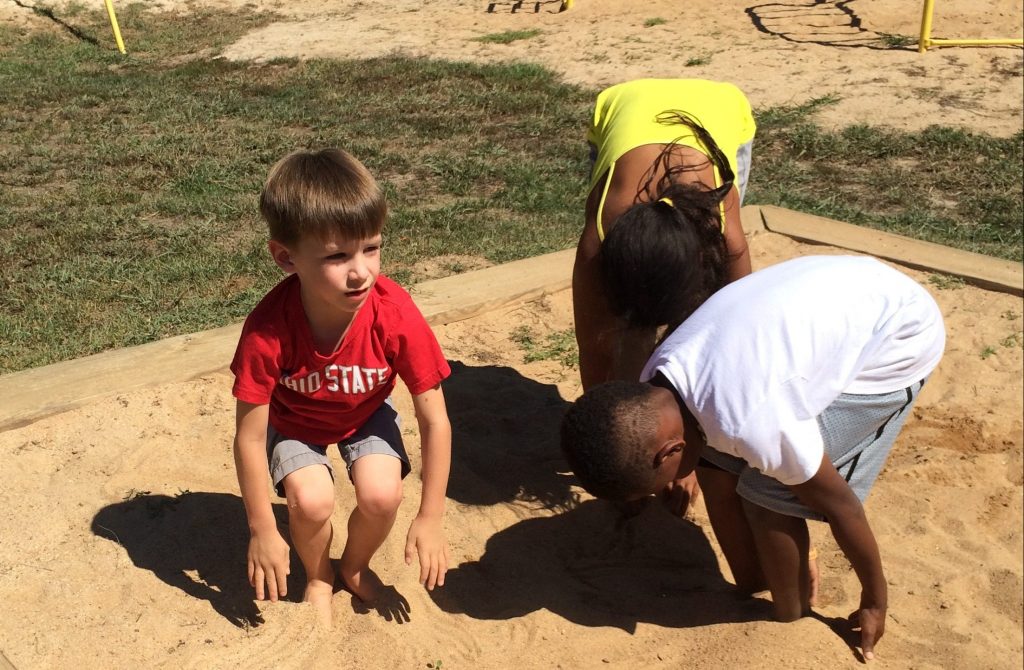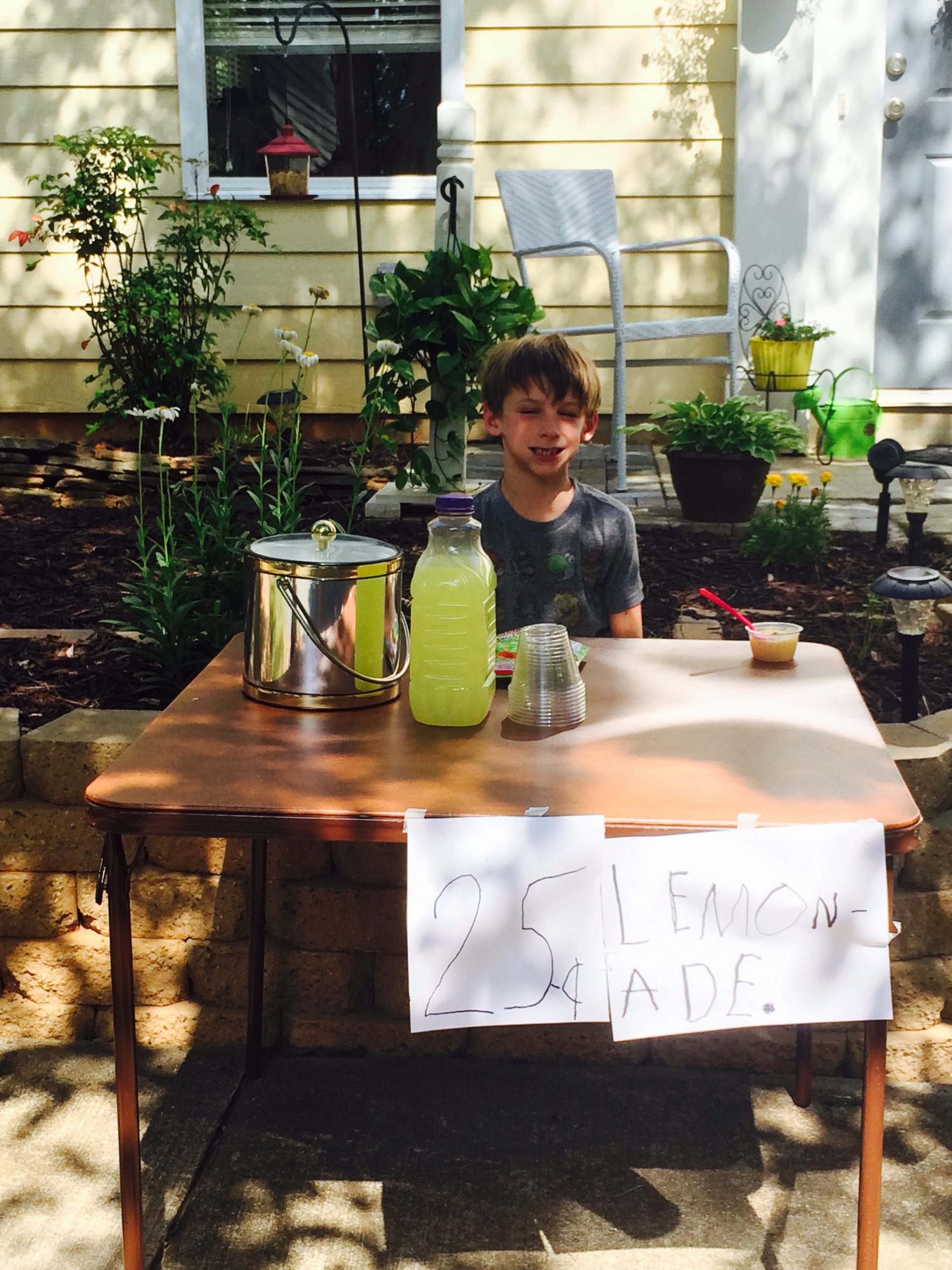Negative behavior is, at times, labeled as bullying or harassment by parents, teachers and students. However, many times children that misbehave toward others are simply being a jerk. As students experience physical, verbal, or aggressive behaviors by a student or students that causes them harm, this is bullying. The harm includes: physical, psychological, social or educational. Bullying occurs as this behavior is repeated. This is according to the Center for Disease Control and Prevention.
Bullying (Negative Behavior)
Forms of bulling or unacceptable negative behavior are: teasing, spreading rumors, threatening and physical aggression toward another. Often, the terms bullying or harassment are synonymous. However, the terms are quite different. Their use affects the way they are addressed. Bullying involves a discipline by the school and harassment is a crime.
The difference in the bullying behavior is it harms or humiliates another student either physically or emotionally. The student struggles to defend themselves and attempts to stop the action. There is usually an imbalance of power either physically, socially or emotionally.
Harassment
Harassment is also negative behavior. It is similar to bullying in that it includes verbal abuse, threats and physical assault. However, it is based on a student’s race, color, religion. sex, age, disability, or national origin. Harassment targets students so that it hinders the student’s ability to get an education. In addition, it harms their well-being to the point of interference with their rights. Even so, it intimidates the student because of their identity,
Jerk
In reality, some negative behavior such as bullying or harassment claims are simply students without empathy. In other words, they are jerks. They show no remorse in hurting a student’s reputation to get what they want. Bullies have a need to be perfect. Jerks like to hurt students. They are not usually a bully. Jerks merely entertain themselves at the expense of another. They want to irritate unless the targeted student ignores the action.
Whether students bully, harass, or act like a jerk, it must be addressed. Get to the root of the problem through conversation with the students and address the actions taken.




